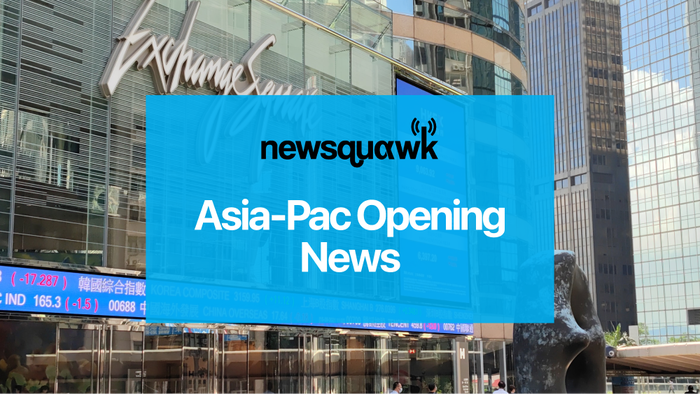U.S. markets observed a closure for Thanksgiving Day, marking a pause in trading amid ongoing geopolitical tensions and economic discussions. In the realm of oil production, OPEC+ is reportedly in discussions to consider delaying an anticipated increase in oil output for the first quarter of 2025. This decision stems from a need to evaluate market conditions thoroughly, with further discussions set to occur after the delayed meeting on December 5th. Among the key points on the agenda includes the UAE’s scheduled output increase for January 2025, reflecting a cautious approach by the alliance in response to fluctuating global demand and pricing dynamics.
In terms of regional conflict, the Israel Defense Forces (IDF) recently launched an attack on a Hezbollah compound in Lebanon, which the IDF claims was preparing for a rocket launch towards Israel. This marks the first Israeli military action since a ceasefire was established earlier in the week. Israeli Prime Minister Benjamin Netanyahu has directed the military to prepare for possible escalated warfare should violations of this agreement occur. In an escalation of rhetoric, Hezbollah and Lebanese authorities have accused Israel of violating ceasefire terms, indicating significant tension in the region. These developments underscore the fragile nature of peace efforts, with the IDF taking preemptive measures amidst perceived threats from Hezbollah.
Looking ahead, important economic indicators are set to emerge from various Asian markets, including South Korean industrial production and retail sales, the Japanese unemployment rate, along with consumer price index figures from Tokyo. In Australia, attention will focus on private sector credit growth in addition to the country’s overall supply dynamics. These economic updates are crucial as they will inform market expectations and monetary policy adjustments in light of ongoing inflationary pressures and economic growth challenges faced across the Asia-Pacific region.
In the geopolitical landscape, particularly concerning Russia and Ukraine, tensions remain high. President Putin has recently downplayed the impact of recent missile strikes by Ukraine, asserting that Russia has the means to respond appropriately should Ukraine pursue nuclear capabilities, which he dismisses as impractical. Conversely, Ukrainian President Zelensky has suggested that Putin’s threats are indicative of a continued desire to escalate conflict rather than seek resolution. The rhetoric from both sides indicates persistent volatility, with U.S. President Biden condemning recent Russian attacks and emphasizing the importance of steadfast support for Ukraine in the face of aggression.
In the Asia-Pacific region, economic developments are also highlighted by the Reserve Bank of Australia’s (RBA) commitment to maintain a restrictive monetary policy until inflation trends toward their target. RBA Governor Bullock stated that while rate cuts may be on the horizon, a vigilant approach is required to manage inflation effectively. Meanwhile, in New Zealand, the Reserve Bank has signaled intentions for further rate cuts to stimulate economic recovery, reflecting a broader trend among central banks in navigating post-pandemic economic challenges while balancing inflation concerns.
In Europe, central banking discussions are becoming increasingly pertinent. ECB officials have debated the necessity of adjusting monetary policy in response to supply shocks and inflation expectations. The commentary suggests that future interest rate cuts are feasible if the situation warrants. Data from the Eurozone highlights that economic sentiment indicators continue to reflect subdued conditions, contributing to the complex narrative around economic recovery and financial stability across the continent. The combination of policy discussions, geopolitical tensions, and economic data releases emphasizes a critical phase for global markets as they navigate a multifaceted environment marked by uncertainty and caution.

